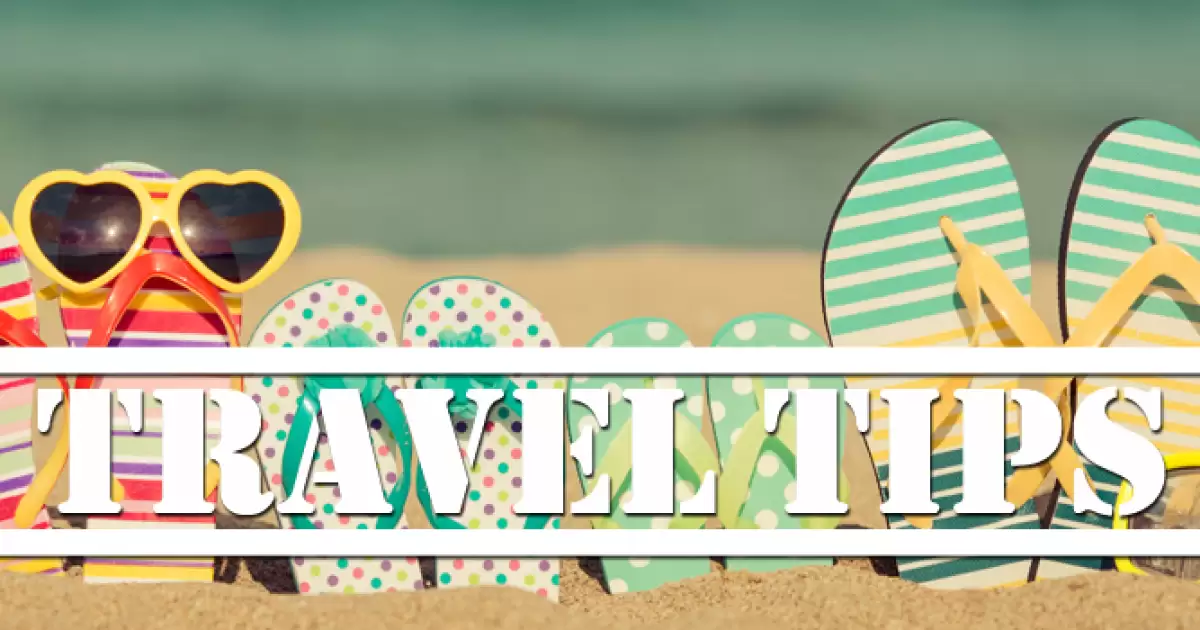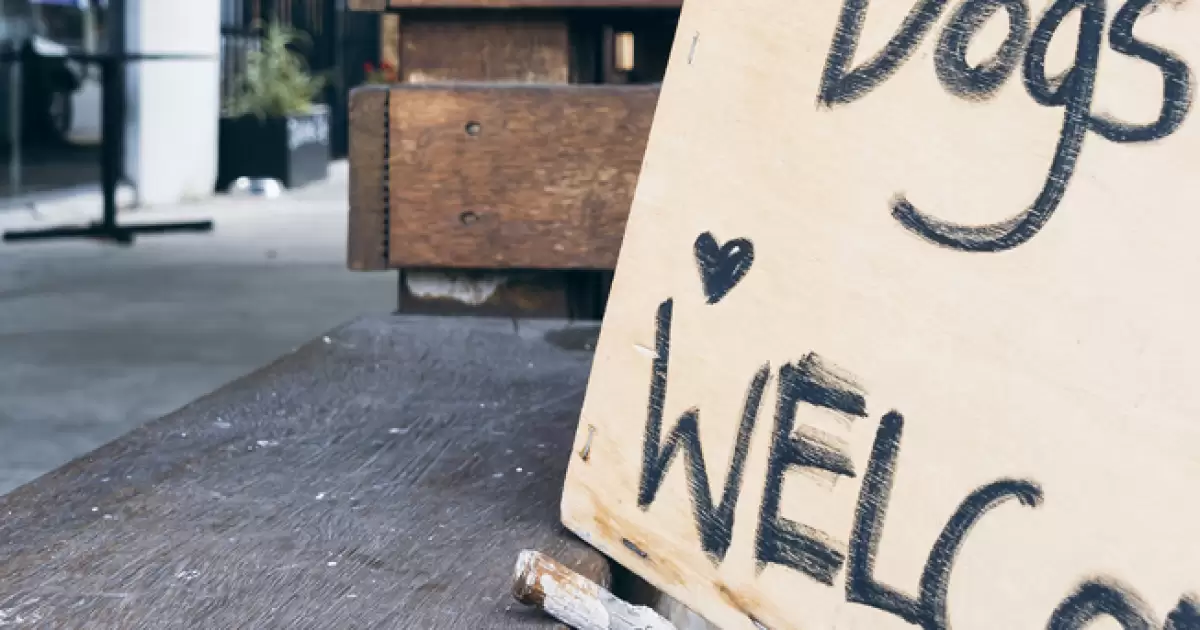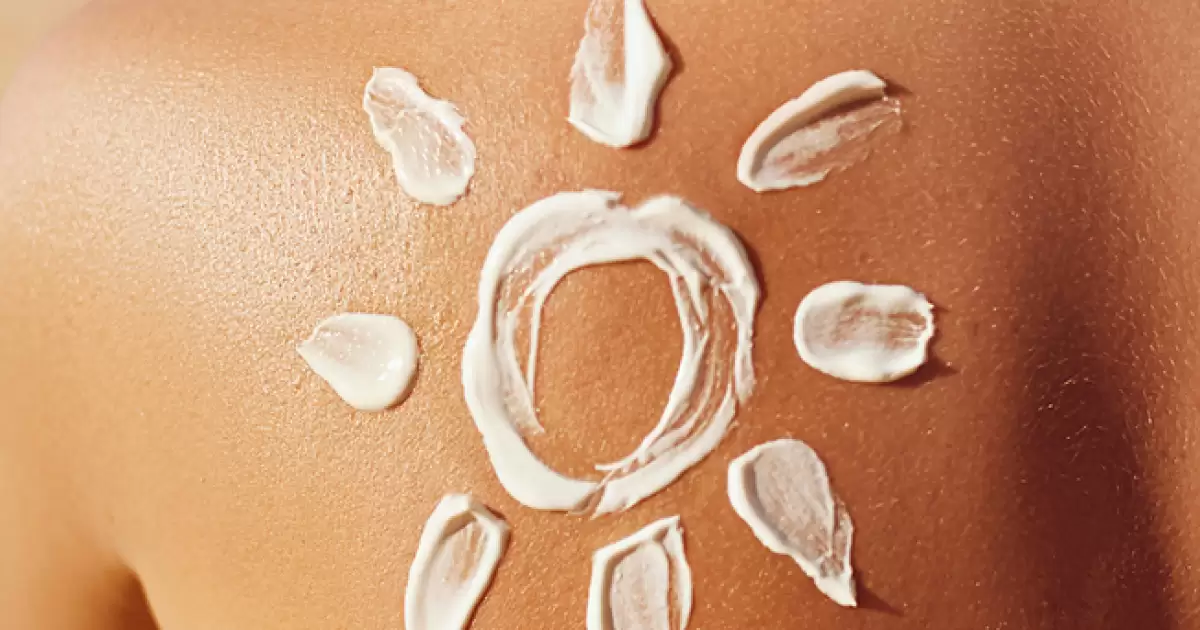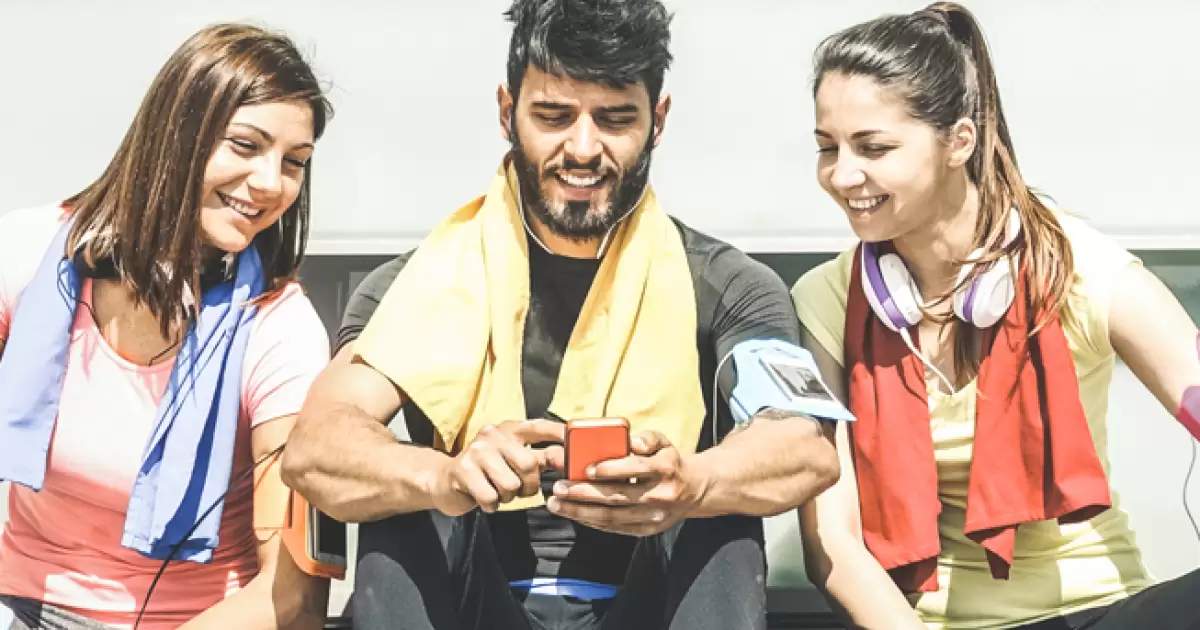Always carry a first aid kit. Your first aid kit should be compact and easy to carry. It should be the first thing you find when you reach in your bag. It’s best to leave your first aid kit in your day pack permanently.
What to carry:
- hand sanitiser
- disposable gloves
- respiratory mask
- protective glasses
- a sturdy pocket knife
- scissors, tweezers and pins
- an emergency blanket
- waterproof matches and a flint or a lighter - learn how to light a fire using a flint
- a Personal Locator Beacon
- a First Aid Book which includes procedures for sunstroke, snake, spider, insect bites, and other injuries that might occur during the activity you embark on
Consumables (always remember to restock when needed)
- saline for flushing eyes
- sterilisation/alcohol swabs
- compression bandage (for snakebites)
- a triangular bandage
- small elastic gauze bandage
- assortment of wound pads, waterproof dressings and heavy duty band-aids
- fabric or micropore tape
- re-hydration powders
- painkillers – Ibuprofen for muscular
- painkillers – paracetamol for fevers, etc
- water purification – UV light, or water purification tablets.
Reduce the risk of infection by:
- washing your hands before attending to the wound. It’s always good to carry antibacterial hand sanitiser with you.
- putting on the disposable gloves included in your first aid kit.
- avoiding breathing or coughing over the wound. If you are treating someone else, use a respiratory mask & disposable goggles to protect yourself.
- cleaning the wound, depending on the type and severity of the wound & the bleeding. You may only be able to clean around the wound. Careful cleaning the wound because you might dislodge a blood clot & make the wound bleed again or bleed more.
- without touching the wound or the dressing surface, covering the wound with sterile dressing. seeking medical advice or calling triple zero (000) for an ambulance.
Know how to use your First Aid Kit
Your first aid kit is useless if you don’t know how to use what’s in it. Book into a first aid course or read up on First Aid. It’s even worth taking a basic First Aid book with you. If you’re unlucky enough to be in a situation, knowing how and when to use a compression bandage can save your life, by knowing how and where you need to use it.
- Basic first aid knowledge could mean the difference between life and death.
- Keep first aid kits in the home, in the car and at work.
- Do a first aid course, so you will be able to manage if yourself or someone is injured or becomes ill.
- Everyone should learn CPR, it’s a life-saving skill.










